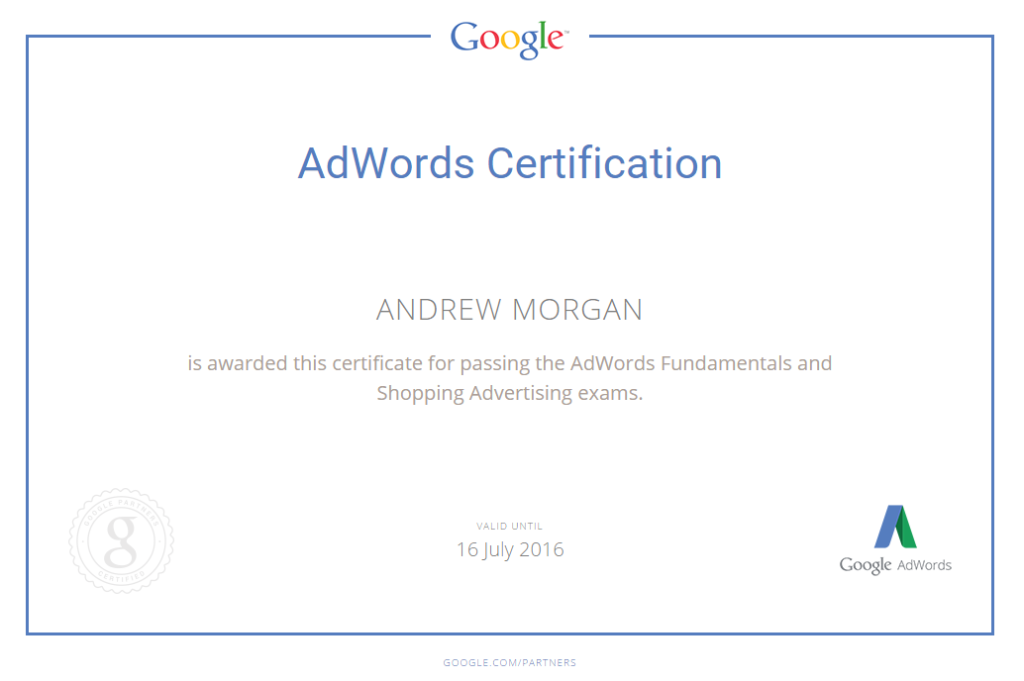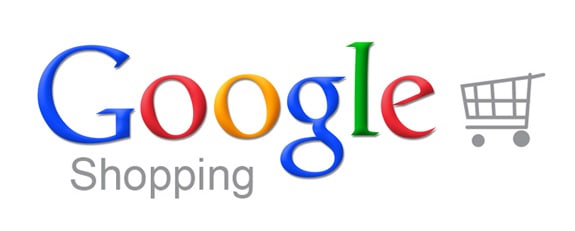So, at the beginning of the year Google introduced a new exam to their list of Google partners certifications; the Google Shopping exam.
Google state that it covers the basic and advanced concepts of shopping advertising, including the creation of Merchant Center accounts, product data and campaigns.
Having recently sat and passed the exam, the PPC team at Attacat thought it would be a great idea to share our experience with the exam so that you know what to expect, (and pass with flying colours).
If you haven’t dealt with shopping campaigns or have little experience in them I would suggest thoroughly reading through the four study guides that Google provide as a minimum before sitting the exam. It would also be preferred to have some hands-on experience optimising shopping campaigns to make passing that little bit easier.
Read on if you want some quick tips on what to expect in the shopping exam so you can pass without relying (solely) on the Google help center….yes its the easy way out but you might find you will run out of time if constantly needing to search for answers.
Anyway, here are my key tips to help you pass.
Firstly, what does the Google ask you to do?
- You have to answer 63 questions
- You will have 90 minutes in which to do this
- You cannot return to a question later in the test so choose your answers wisely!
- The pass score is 80% and this will be valid for 12 months
- If you do not manage to pass first time you can retake the test in 7 days
Take your time
Unlike the other exams, the shopping exams is only 63 questions and you have 90 minutes, that’s around a minute and a half per question, so take your time and read the questions properly. Don’t waste easy marks clicking too quickly as some of the questions can be worded in a little bit of a roundabout way.
Easy wins
Throughout the exam there were quite a few top level questions around what the Merchant Center is for, what product listing ads are for, what they advertise and what devices they can be advertised on. These are easy marks so don’t waste them!
Product Feed Attributes
You will have to know your attributes to pass as there were quite a few questions on this, specifically:
- Unique Product Identifiers
- Identifier Exists
- Used Goods and Materials
- Ad hoc attributes such as sale price, pre-order availability dates and adult material
Key things to watch out for with these attributes are to know your unique product identifiers and what products need and don’t need a brand identifier, GTIN and MPN number. Also be aware of the identifier exists attribute and how this works with used goods, custom clothing and product bundles.
Questions themed around sales prices, product availability and adult material were also covered in relation to disapproved feeds so ensure to read up on this as it might pop up.
Merchant Center
The main area they focus on surrounding the Merchant Center is the feed itself. What are the acceptable feed formats? How often do are you required to update and upload your feed? Makes sure you read up on these.
Other Merchant Center questions might relate to the Merchant Center setup, claiming and verifying the website and who will be contacted when issues arise are all important.
Management & optimisation
Once you have your feed successfully accepted it is time to manage your shopping campaigns and optimise them to get the best results.
Make sure you fully understand product groups and the options you have available at different levels of the shopping campaign. What settings do you have available at the campaign level that you don’t at the product level?
Also pay close attention to the best practices of the “Everything else in” and what you should do with this segment when setting up your campaigns. Be aware of campaign priority settings and what impact this has on which ads go to auction.
When running shopping campaigns you have a variety of tools in the Google AdWords interface to help you make strategic decisions and analyse data.
The four most common ones for Google Shopping are:
- Using the benchmark data to assess what the competition is doing
- The bid simulator to assess the impact of raising and lowering bids
- Impression share to see how often your ads are showing against how often they could have shown
- And the dimensions tab where you can filter by different shopping feed criteria
Understanding these tools is important to ensure you can make the most of the data you have when running campaigns so make sure you are clued up on these before the exam.
To conclude

Follow these tips and if you’re a beginner to the world of Google Shopping read the study guide and you will be good to go. Already confident and optimise shopping campaigns on a daily basis? Give the exam your best shot and get yourself accredited.
Once passed (if f you haven’t already!) use your new found knowledge and put it to good use, create a product feed and start managing some shopping campaigns to see some amazing returns for your business.


